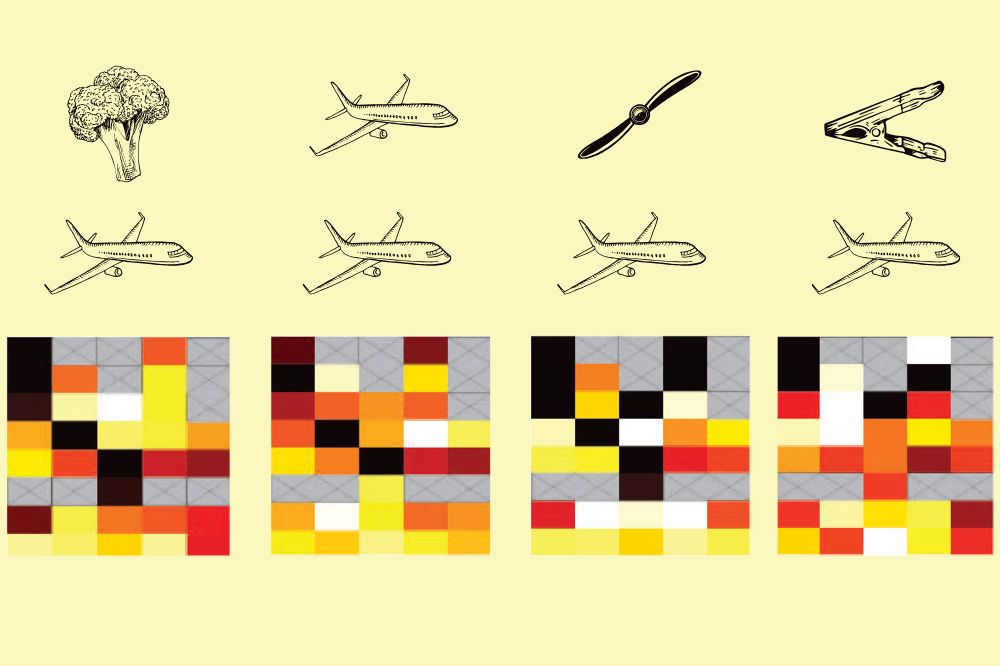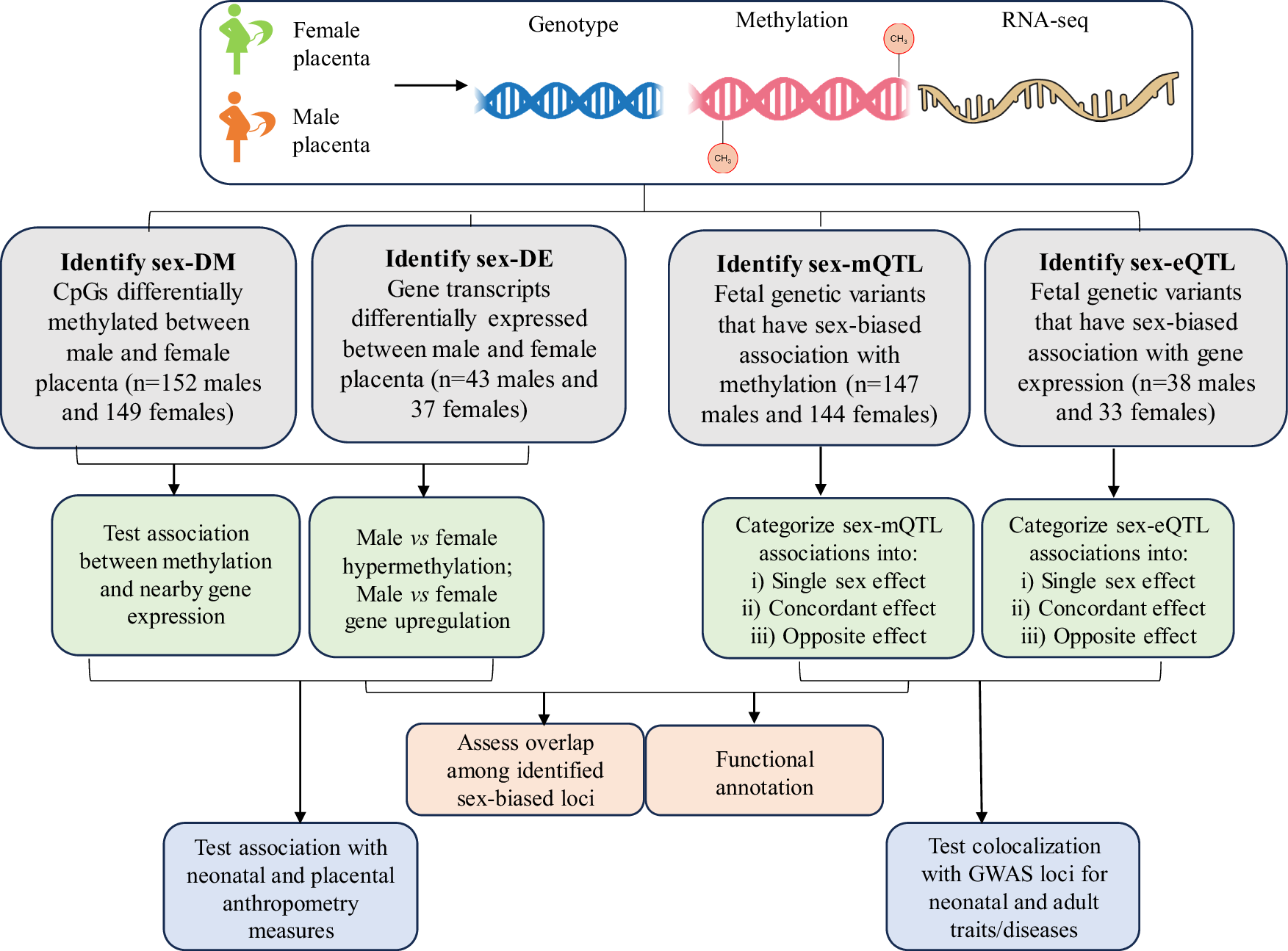2025-05-01 ロックフェラー大学

Illustration based on figure from the paper.
ロックフェラー大学のチャールズ・D・ギルバート教授らの研究チームは、物体認識において視覚皮質の神経細胞が過去の経験に基づいて動的に反応を変化させることを明らかにしました。
◆従来、視覚情報は後頭部の一次視覚野から側頭葉へと階層的に処理されると考えられていましたが、今回の研究では、上位の皮質領域から下位の領域への「フィードバック」情報が、神経細胞の応答性に影響を与えていることが示されました。
◆マカクザルを用いた実験では、果物や道具などの画像を提示し、神経活動を記録。その結果、神経細胞は提示される刺激や課題に応じて瞬時に応答を変化させ、初期の視覚領域でも複雑な視覚情報に敏感であることが確認されました。
◆この研究は、視覚認識が固定的な処理ではなく、経験や文脈に応じて柔軟に変化する動的なプロセスであることを示しています。また、自閉症モデル動物を用いた研究も進行中で、神経回路の異常が知覚に与える影響の解明が期待されています。
<関連情報>
- https://www.rockefeller.edu/news/37634-our-ability-to-recognize-objects-depends-on-prior-experience/
- https://www.pnas.org/doi/10.1073/pnas.2406684122
腹側視覚皮質経路における期待依存的刺激選択性 Expectation-dependent stimulus selectivity in the ventral visual cortical pathway
Tiago S. Altavini, Minggui Chen https://orcid.org/0000-0002-2617-9059, Guadalupe Astorga, +3 , and Charles D. Gilbert
Proceedings of the National Academy of Sciences Published:March 27, 2025
DOI:https://doi.org/10.1073/pnas.2406684122
Significance
Contrary to the conventional notion of feedforward mechanisms for object recognition, there is an equal role for feedback, carrying top–down influences of object expectation and working memory, which cause neurons to change their selectivity for objects or object components. The specificity of this effect is achieved by selective disinhibition from a suppressive task effect. Combining functional MRI (fMRI) with recordings from electrode arrays implanted in nonhuman primates, we showed that object recognition involves top–down influences extending from the temporal cortex to the primary visual cortex. Our stimulus set consisted of objects and object components that were informative for object recognition, verified by psychophysical experiments. The role of top–down influences in setting neuronal function may represent a general principle of cortical processing.
Abstract
The hierarchical view of the ventral object recognition pathway is primarily based on feedforward mechanisms, starting from a fixed basis set of object primitives and ending on a representation of whole objects in the inferotemporal cortex. Here, we provide a different view. Rather than being a fixed “labeled line” for a specific feature, neurons are continually changing their stimulus selectivities on a moment-to-moment basis, as dictated by top–down influences of object expectation and perceptual task. Here, we also derive the selectivity for stimulus features from an ethologically curated stimulus set, based on a delayed match-to-sample task, that finds components that are informative for object recognition in addition to full objects, though the top–down effects were seen for both informative and uninformative components. Cortical areas responding to these stimuli were identified with functional MRI in order to guide placement of chronically implanted electrode arrays.


